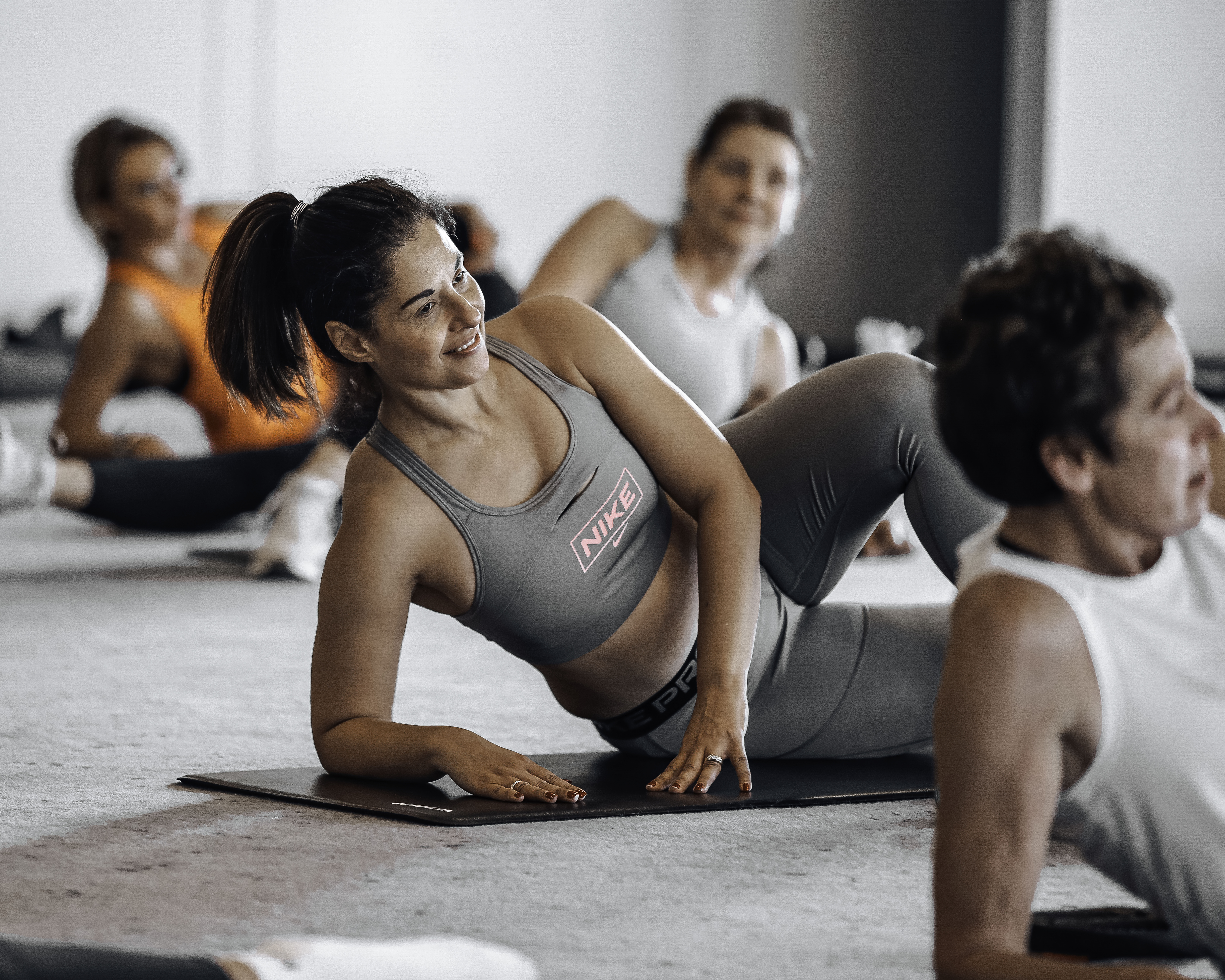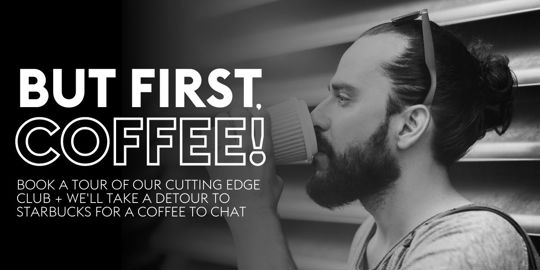Thinking about giving Pilates a go, or ready to take your practice to the next level? Whether you’re brand new or have a few classes under your belt, you might be wondering which Pilates style is the best fit for you.
The two most popular types you’ll hear about are mat Pilates and reformer Pilates. At first, they might look quite alike—they both emphasise core strength, flexibility, posture, and controlled movements. But if you’ve ever entered a Pilates studio and noticed that large, somewhat intimidating machine (that’s the reformer!), you might have realised there’s more to it.
In this guide, we’ll break down the primary differences between mat and reformer Pilates, the unique benefits of each, and how to choose the Pilates class that best fits your goals, body, and lifestyle. Let’s jump in!
What is Mat Pilates?
Mat Pilates is one of the easiest forms of Pilates to get into—all you need is a mat and some space on the floor. This is where Pilates originated, and it emphasises using your own body weight for resistance.
The exercises primarily focus on your core, which is referred to as the "powerhouse" in Pilates, but they also engage your glutes, legs, arms, and back.
Benefits of Mat Pilates
It can be done anywhere (great for home workouts!)
Mat Pilates is accessible, affordable, and an excellent way to establish a strong foundation in Pilates. It's particularly beneficial for beginners or anyone looking to enhance their overall fitness, posture, and mobility without the need for equipment.
It helps build deep core strength and control
Mat Pilates focuses on the stabilising muscles of your core, promoting strength from the inside out. This results in improved control, a lower risk of injury, and better support for your spine.
It improves posture, balance, and flexibility
Through precise, low-impact movements, Mat Pilates enhances body awareness, lengthens tight muscles, and strengthens weak ones—promoting better alignment, improved balance, and increased overall mobility.
A great starting point for beginners
With no need for equipment and a strong focus on technique, Mat Pilates is an accessible, low-pressure introduction to exercise that helps build a solid foundation for more advanced workouts.
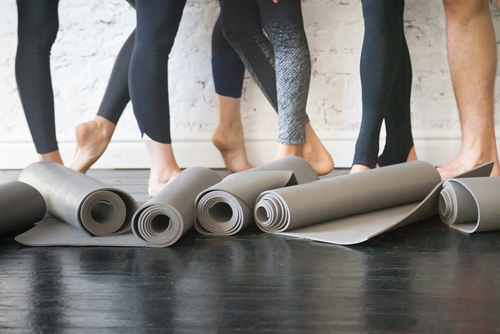
What is Reformer Pilates?
Reformer Pilates utilises a piece of equipment known as a reformer, which resembles a bed with a moving carriage, springs for resistance, straps, and pulleys. While it may seem a bit daunting at first, it is actually very versatile and effective.
This method offers a wider range of movements, allows for better alignment, and lets you adjust the intensity. It is particularly beneficial for enhancing strength, muscle tone, balance, and aiding in recovery from injuries, as the machine provides both support and a challenge.
Benefits of Reformer Pilates
It offers adjustable resistance for all fitness levels
The springs on the reformer can be modified to suit beginners through to advanced users, allowing you to gradually build strength, control, and flexibility at your own pace.
It helps isolate and tone specific muscles
With its unique pulley and spring system, the reformer allows for targeted muscle activation—perfect for sculpting long, lean muscles and improving overall muscle balance.
It supports the body for better alignment and range of motion
The carriage and straps help guide your movements, encouraging proper form and posture while allowing for a greater range of motion than traditional exercises.
It can provide more challenge or more support than mat work
Whether you're looking to deepen your core engagement or need assistance during recovery or rehabilitation, the reformer adapts to your needs, making it both a powerful and versatile tool.
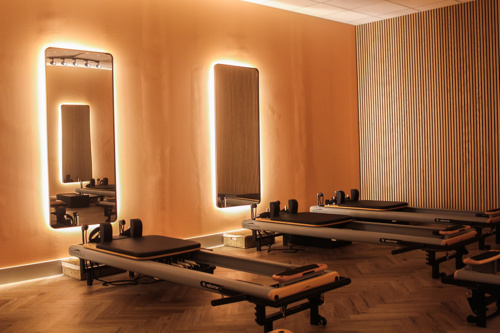
Benefits of Both Reformer and Mat Pilates
While reformer and mat Pilates may differ in their techniques, both offer numerous benefits that can boost your health and fitness. Each approach is designed to strengthen your core, enhance your posture, and improve your flexibility.
These exercises support better alignment, help reduce back pain, and make everyday tasks simpler and more efficient. Whether you’re practicing on a mat or utilising the springs and pulleys of a reformer, you’ll engage muscles that promote stability, mobility, and endurance, all while being easy on your joints.
Both styles of Pilates offer a major advantage in fostering a strong mind-body connection. The focus on controlled breathing, precise movements, and concentration plays a crucial role in reducing stress and enhancing mental clarity.
Moreover, both mat and reformer Pilates are effective for toning the entire body, particularly the smaller stabilising muscles that often go unnoticed in other forms of exercise. As a result, practicing regularly can lead to better balance, coordination, and overall functional strength.
What is the Most Effective Form of Pilates?
The most effective form of Pilates is often considered to be reformer Pilates. The added resistance of the reformer machine helps to build strength, improve flexibility, and enhance muscle control more efficiently than mat-based Pilates alone.
The reformer also supports proper alignment and allows for a wide variety of exercises that target different muscle groups, making it highly adaptable for all fitness levels—from beginners to advanced practitioners.
Because of its ability to challenge the body in a controlled and balanced way, reformer Pilates is especially effective for improving core strength, posture, and overall functional fitness.
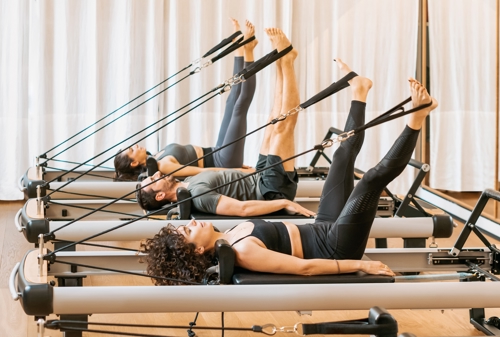
Can You Do Both Mat and Reformer Pilates?
Yes, you can absolutely do both mat and reformer Pilates, and in fact, combining the two can enhance your overall practice.
Mat Pilates focuses on building core strength, stability, and control using your body weight, while reformer Pilates incorporates a specialised machine with springs and pulleys to add resistance and support.
Practicing both offers a well-rounded approach to improving flexibility, posture, balance, and muscular endurance. Alternating between the two can help you deepen your understanding of Pilates principles, challenge your body in new ways, and keep your workouts varied and engaging.
Whether you’re new to Pilates or looking to deepen your practice, combining both formats can provide a well-rounded and highly effective workout.
So, is Pilates or Reformer Pilates Right For Me?
Both mat-based Pilates and reformer Pilates focus on core strength, flexibility, posture, and controlled movement, but they differ in intensity and equipment.
Reformer Pilates uses a sliding carriage, springs, and pulleys to add resistance and support, which can be especially helpful for rehabilitation or for those looking to deepen their practice. Mat Pilates, on the other hand, relies on your own bodyweight and may be more accessible for beginners or those wanting a low-cost, flexible option.
The key is to choose the format that aligns with your fitness goals—whether it's flexibility, strength, injury rehab, or overall conditioning:
Choose Mat Pilates if:
-
You’re just starting out and want to learn the fundamentals
-
You like the convenience of at-home or equipment-free workouts
-
You're looking for subtle but powerful strength-building, especially in your core
Choose Reformer Pilates if:
-
You want more variety and resistance in your workouts
-
You're recovering from an injury and need extra support or modifications
-
You’re aiming for full-body toning with a bit more intensity
Power Up With Pilates at Village Health & Fitness Club
Whether you choose a reformer Pilates class or take to the mat, Pilates offers a low-impact yet highly effective approach to achieving better body awareness, strength, and overall wellbeing.
Many gym enthusiasts add Pilates to their workout routines to correct muscle imbalances, enhance flexibility, and strengthen their core, which ultimately improves their performance in other activities.
Find our Pilates classes across a number of UK locations and come see for yourself how it can help you smash your workout and reach your fitness goals!

